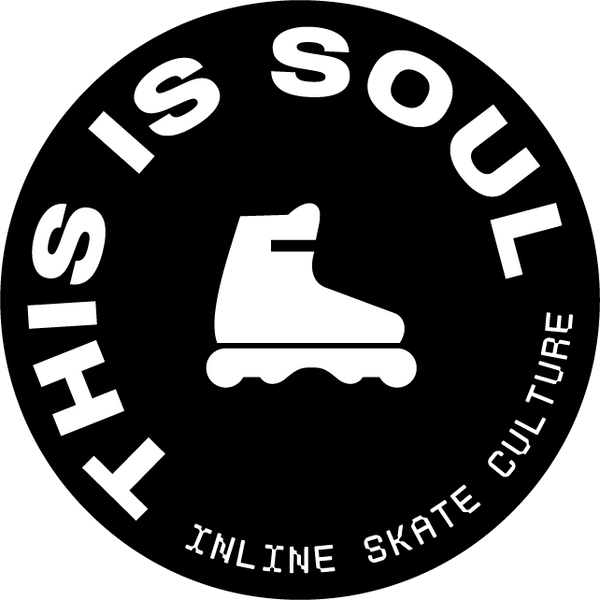Everything about heel brakes
Short answer:
A heel brake is an essential braking tool for beginners. However, once you master the T-stop, you no longer need it.
The heel brake
The heel brake is an important feature for many inline skaters, especially beginners. It provides a simple and accessible way to stop, making it ideal for those who are just starting out. However, once you become more advanced and learn techniques like the T-stop, the heel brake can become unnecessary and even limiting.
Heel brake compatibility and mounting
Not all inline skates come with a heel brake. Some models include them, while others, especially higher-end skates, do not. The way a brake mounts to a skate also varies between brands. Many skates use unique mounting systems, which means finding a replacement brake pad can sometimes be tricky. For example, Salomon and Rollerblade skates use compatible brake pads, making replacements easier.
Fortunately, universal brakes are becoming more common. Brands like Powerslide and FR offer brakes that can be mounted using the two back axles, fitting almost any skate model. If your skate doesn't come with a specific brake option, these universal solutions are a good alternative.
What skates come with a brake?
Cheaper inline skates often come with a brake included in the box, making them ideal for beginners. Surprisingly, some of the more expensive skates, which are also great for beginners, do not include a brake. This can be confusing, as these high-quality skates offer better support and comfort, yet assume the buyer knows more advanced stopping techniques, like the T-stop.
To help with this, we list on our webshop whether a skate comes with a brake. If not, you can add a universal brake to your order.
Heel brakes are essential for control, especially when paired with the right wheel cores for smooth performance. Make sure your frame spacers are also in top condition for reliable stopping power.
Brake pad angle and height adjustability
The angle between the back wheel and the brake pad affects braking power. A steeper angle allows you to apply more force, making it easier to stop. Over time, as the brake wears down, this angle naturally becomes steeper, giving you more braking power. Some brakes, like the Powerslide HABS and Tempish brakes, offer height adjustability, allowing you to maintain the optimal braking angle as the pad wears down.
Why use a heel brake?
The heel brake is the easiest braking technique for beginners to learn. However, as you progress, you’ll discover other braking methods, such as the T-stop or snow plow, which are more versatile. A good skater will use different braking techniques in different situations, depending on the available space and the need to steer while braking.
For example, the snow plow or pizza point technique works well when you have enough space to spread your legs wide. If you’re braking in a straight line, the T-stop or heel brake is more effective. Since the T-stop and heel brake can replace each other, once you’ve mastered the T-stop, you no longer need the heel brake.
The downside of heel brakes
The biggest drawback of the heel brake is that it can get in the way when performing advanced techniques like crossovers. The brake limits your foot movement, which can make these maneuvers more difficult. That’s why many advanced skaters choose to remove the brake once they’ve learned more versatile stopping methods.
Conclusion
In conclusion, there are many types of heel brakes on the market, but universal options are available for most skates. Before deciding whether you need one, consider learning the T-stop or other braking techniques. If you’re a beginner, the heel brake is a great tool to start with, but don’t let it limit your progress as you advance.
Looking to upgrade your skates? Our Hardware Insights provide all the details on what works best and why. Get the lowdown on everything from shock absorbers to wheel compounds, and make the right choice for your skating style.
